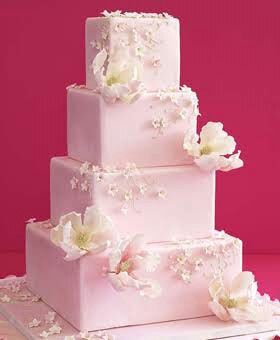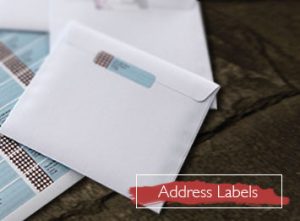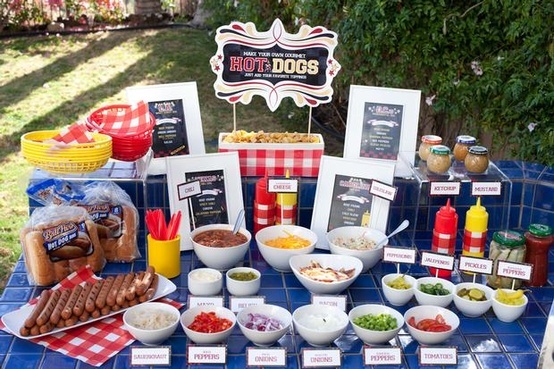Sending a birthday card has become the no-brainer way for most people to say “happy birthday” to the important people in their life – whether that’s a friend, a family member, or even a neighbour. Birthday cards don’t cost much money, are easy to find and order, and quick to write – yet they can make anyone feel valued and cared for their special day.
But while it’s almost automatic to send birthday cards to your nearest and dearest, you may wonder: what about colleagues and employees? Is it appropriate or correct to give a birthday card to someone that you only know in a professional context? What are the benefits to doing so, and how do you go about writing their card?
This guide will explain everything you need to know about sending birthday cards to your coworkers, colleagues and employees.
Why Should I Send Birthday Cards to Colleagues and Employees?
If you’re wondering whether it’s appropriate to send birthday cards to people in the workplace, you are not alone. A lot of people have reservations over this gesture thinking that it might not be professional – or, in the case of sending cards to your higher-ups, whether it might seem a bit “desperate”.
But that’s not the case at all. Sending a birthday card to someone you work with, whether that’s an equal, a superior or even an employee of yours, is a great way to not only make them feel special on their big day but also build and sustain a relationship with them.
A Birthday Card is a Form of Recognition
Sending a birthday card to a co-worker or employee isn’t only an opportunity to send your birthday wishes, but it’s also your chance to recognise his milestones and achievements in the workplace.
For instance, if your employee recently got a promotion, you could congratulate him and remark on how well he’s doing in his new position. Recognition is one of the biggest motivators to people in your workplace, and giving a birthday card is the perfect opportunity to do that.
Birthday Cards Help Foster Professional Relationships
Sending out birthday cards to people in your workplace is actually one of the best tools to build and foster relationships with them.
In a world where communicating has been all about exchanging emails and writing business letters, a birthday card is definitely a breather from the usual. It is a small, affordable yet highly meaningful gesture that can easily make colleagues and employees, and even clients, feel valued on their special day.
The gesture also shows that you care about your relationship with them, which will surely be reciprocated with friendship and loyalty.
A Birthday Card Shows Sincerity
These days, it’s not often that you receive “snail mail” that you’re excited to open – the sound of post coming through the letterbox is usually associated with advertising, junk mail and bills that you’d rather throw in the trash bin.
But when you send a birthday card to a co-worker or employee, it’s a sincere and surprising gesture that will be appreciated, no matter your relationship to them. And what’s more, birthday cards aren’t expensive – it won’t hurt your bank account even if you send everyone in your office a card on their birthday, especially if you order cards in bulk through a website like 123Print.
Birthday Cards can Help Motivate People
Your colleagues or employees don’t usually expect to receive a card from the workplace, so giving them one can definitely make their day. No matter how simple your birthday card is, the act of taking the time to write something for a co-worker or employee can really motivate them to work harder and do more for the business.
It’s also a great way to show that you care for them without being too informal or intrusive.
What to Write in a Birthday Card to a Colleague or Employee
Real conversations often get lost in the mix of trying to stay professional in the workplace, but a birthday card can help bring that culture back.
Something as simple as a handwritten or hand-signed birthday card can be a valuable form of communication to someone in your workplace, and could even be the beginning of more meaningful conversations within your circle.
Now that you know that it’s okay to send birthday cards to people from your workplace, here are some important tips to help you write the perfect cards for them:
1. Keep Things Light
Your birthday message would depend a lot on how well you know a colleague or employee. But if you don’t know exactly what to write, try to lean towards keeping things light.
You already talk about a lot of serious things in the workplace, so it’s best to make things a little different on your birthday card. Save the business and work talks for your meetings and keep your message more informal. Of course, keep things “safe for work”: don’t go overly informal and use slang or inappropriate jokes unless you’re incredibly close with the person in question.
2. Say Thank You
Sending out a birthday card gives you the opportunity to thank people for their hard work and dedication for their job, especially if you’re the manager, supervisor or employer in the scenario. You don’t need to elaborate on the details, but you can say something like “Here’s to wishing that you have the best birthday yet and my sincere thanks for all your dedication and hard work this year.”
Even if you’re simply a colleague, you can thank them for brightening up your work days or being a pleasure to work alongside.
3. Add some Humour
If you’re writing for a colleague that you’ve already developed a bond or friendship with, it’s okay to add an inside joke or a funny memory as part of your message. You could even choose a birthday card with a humorous or cartoon design, such as Party Animals. You just need to be careful with this, because not everyone appreciates jokes.
If you don’t know the recipient that well, it’s best to stick with more generic greetings rather than risk sending out the wrong message, even if you have the best intentions.
4. Keep the Birthday Message Simple
There’s no need to write an essay on the card, or wax lyrical about how much you appreciate the coworker/employee in question. Just a short birthday wish and message of gratitude is more than enough. You may come off a little odd if you write too much, so keep things simple.
This is particularly important if you’re doing a group birthday card, where everyone in the office will sign the same card. Keep your message to the minimum; don’t fill out a big chunk of a page with your note. Try to leave some space for others!
5. Choose the Right Birthday Card Design
Although you’re just sending a simple birthday card, you can still make it extra special by choosing a design that fits well with the recipient’s personality. The good thing is that you’ll have a wide array of birthday card designs to choose from with a site like 123Print, so you won’t run out of options.
You can even shop for different cards in advance so you don’t have to rush whenever someone in your office is celebrating their birthday.
6. Don’t Be Late!
A birthday card is one of the best ways to show an employee or colleague that you care about their birthday, but that purpose is easily defeated if they receive it two weeks late.
If you’re sending out a card through mail, it’s best to send it a few days before so your recipient can get it in time. A late birthday card wouldn’t seem as sincere as when they received it on their birthday.
Although, if you do miss the big day, show them that you haven’t forgotten completely by sending them a funny yet thoughtful belated birthday card such as A Little Behind.
7. Go the Extra Mile
If you really want to show your colleague or employee that you care, don’t feel you have to stop at grabbing a generic card at the last minute from your local card shop, and hastily scrawling your name. You can go the extra mile to really make your recipient feel valued and special by ordering a personalised birthday card from 123Print, and adding your own message in your preferred wording. If you have the budget, you could even buy them a small gift to go alongside your card – such as a bouquet of flowers, some balloons or a bottle of wine.
At the end of the day, the act of sending a birthday card to a colleague or employee is one of the best ways to show that you value these people in your workplace. Sending a birthday card not only shows that you care, but it’s also a great way to build those lasting relationships in the workplace.




